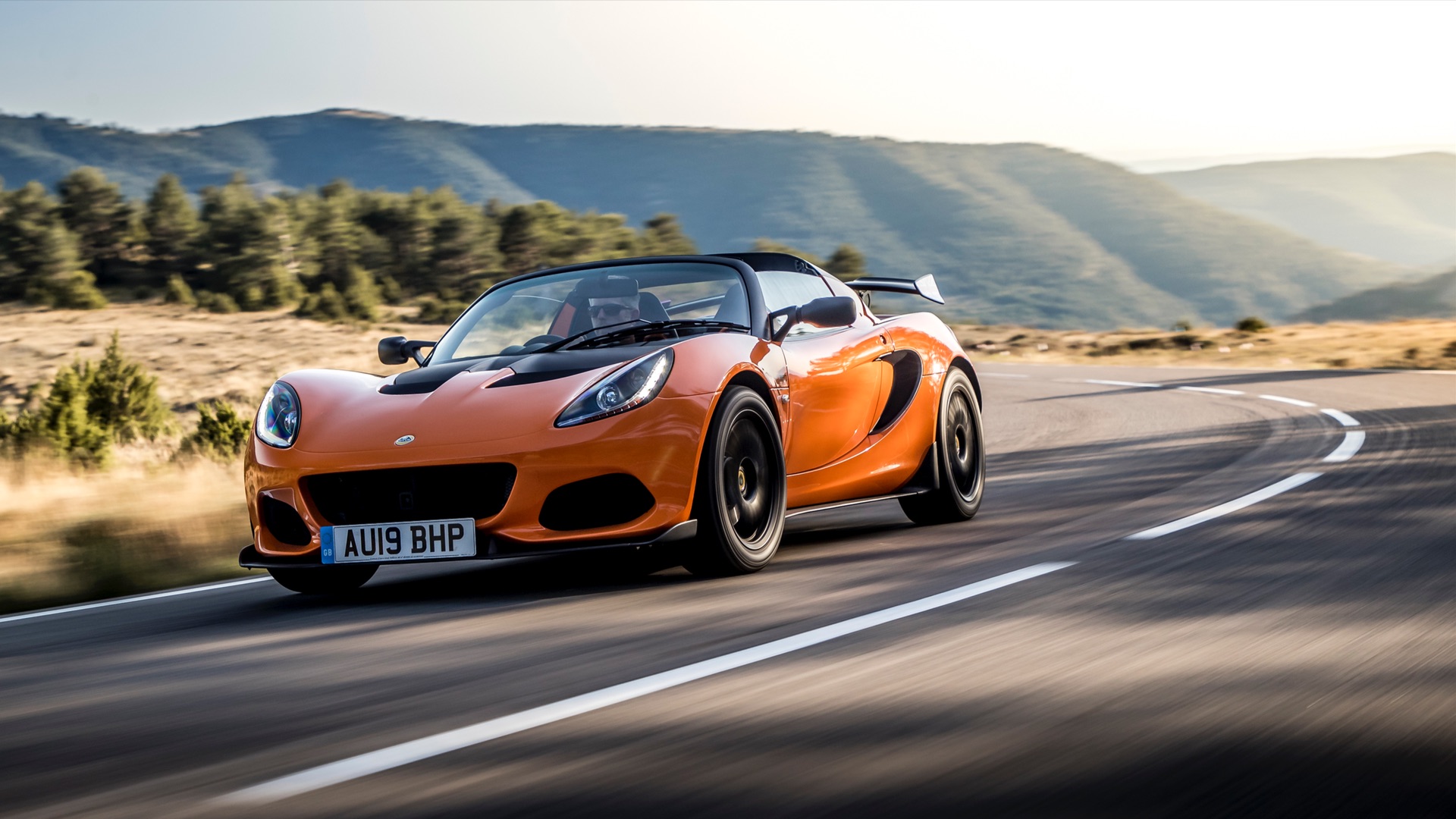
Last summer, I boarded a red Routemaster bus for a London sightseeing tour. Along with a handful of British hacks, the top deck was crammed with Chinese journalists and social media stars, many armed with selfie sticks.
Our final stop was the Royal Horticultural Halls near Victoria, where the Lotus Evija would be revealed. The most powerful road car ever, it heralded the rebirth of a famous but flatlining British brand. And China’s media were there because Geely – the world’s fastest-growing carmaker, based in Hangzhou – was bankrolling it.
Six months later, at Lotus HQ in deepest Norfolk, that balmy July evening seems a distant dream. The sleet is blowing sideways, lashing at the hoisted Union Jack outside Phil Popham’s office. Thankfully, the 54-year-old CEO hasn’t let the deluge dampen his spirits. “I had an Esprit on my bedroom wall as a teenager,” he tells me. “The opportunity to rejuvenate Lotus was one I couldn’t turn down.”
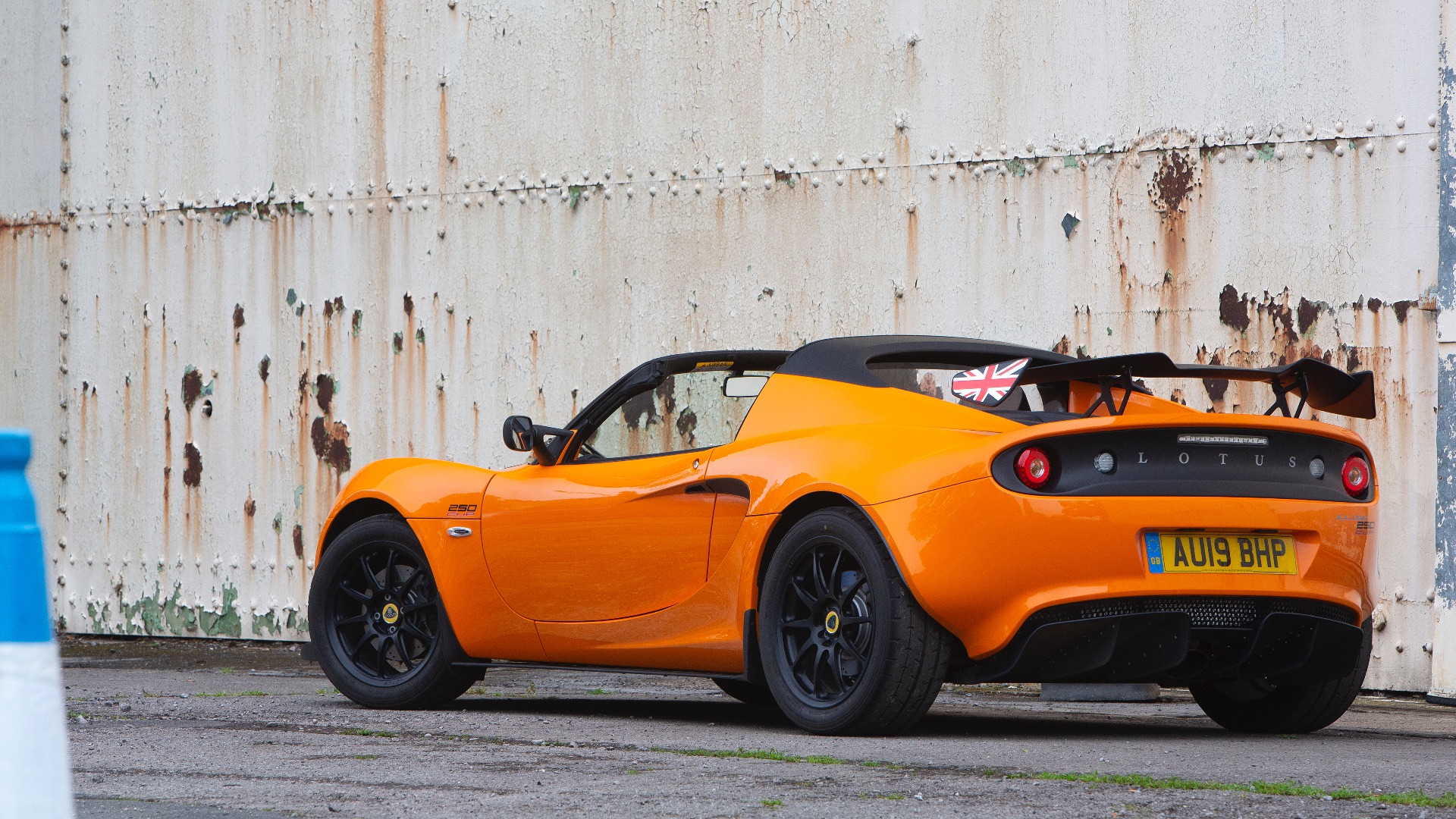
Popham joined Land Rover as a graduate trainee in 1988 and stayed until 2014, rising to managing director and overseeing its rise to global ubiquity.
He then turned around the fortunes of luxury yacht maker Sunseeker, before taking the top job at Lotus in 2018. All three companies have close connections with China, so Popham is no stranger to long-haul flights. His Mandarin, however, is still a work-in-progress.
Industry watchers will recall the last new dawn for Lotus. Under controversial former CEO Dany Bahar, it revealed five new concepts at the 2010 Paris Motor Show, yet none came to fruition.
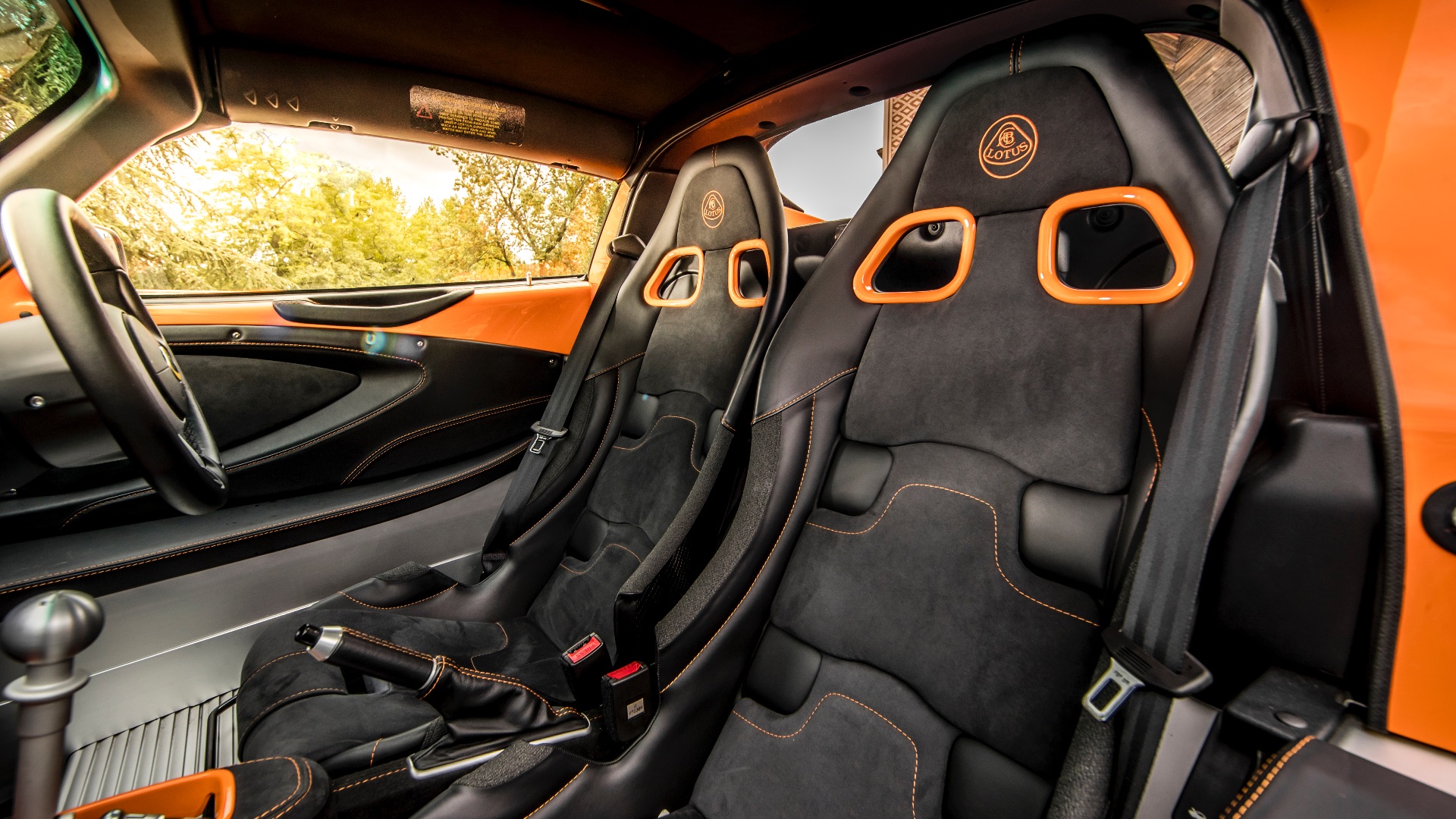
Popham says this time will be different, citing the examples of Volvo and LEVC (manufacturer of the London black cab). Both have flourished under Geely ownership, without forsaking their core values. “Geely understands for a brand to be successful, it’s got to be distinct,” he continues. “Our British heritage is very important.”
The 2,000hp, £2 million electric Evija “makes a statement that Lotus is back”, but a more affordable petrol-engined sports car arrives in late 2020. Beyond that, Popham says every Lotus will be electrified (either hybrid or full EV) and new platforms, currently under development, will underpin a host of new models from 2022.
Will these include the seemingly inevitable SUV? The CEO remains tight-lipped, although he recognises Porsche, which makes most of its profit from SUVs, as “a good benchmark”.
Lotus Elise Cup 250 on test
Vital stats: 248hp, 0-62mph in 3.9sec, 36.2mpg and 177g/km.
Price before options: £49,555. pic.twitter.com/FPKiaqNiNj
— Tim Pitt (@timpitt100) December 10, 2019
The 2,000hp, £2 million electric Evija “makes a statement that Lotus is back”, but a more affordable petrol-engined sports car arrives in late 2020. Beyond that, Popham says every Lotus will be electrified (either hybrid or full EV) and new platforms, currently under development, will underpin a host of new models from 2022.
Will these include the seemingly inevitable SUV? The CEO remains tight-lipped, although he recognises Porsche, which makes most of its profit from SUVs, as “a good benchmark”.
After much talk about Lotus’ future, I drive home in the most tangible link to its past. The evergreen Elise, which celebrates its 24th birthday this year, is the bottom rung in the range: beneath the track-focused Exige and (slightly) more luxurious Evora.
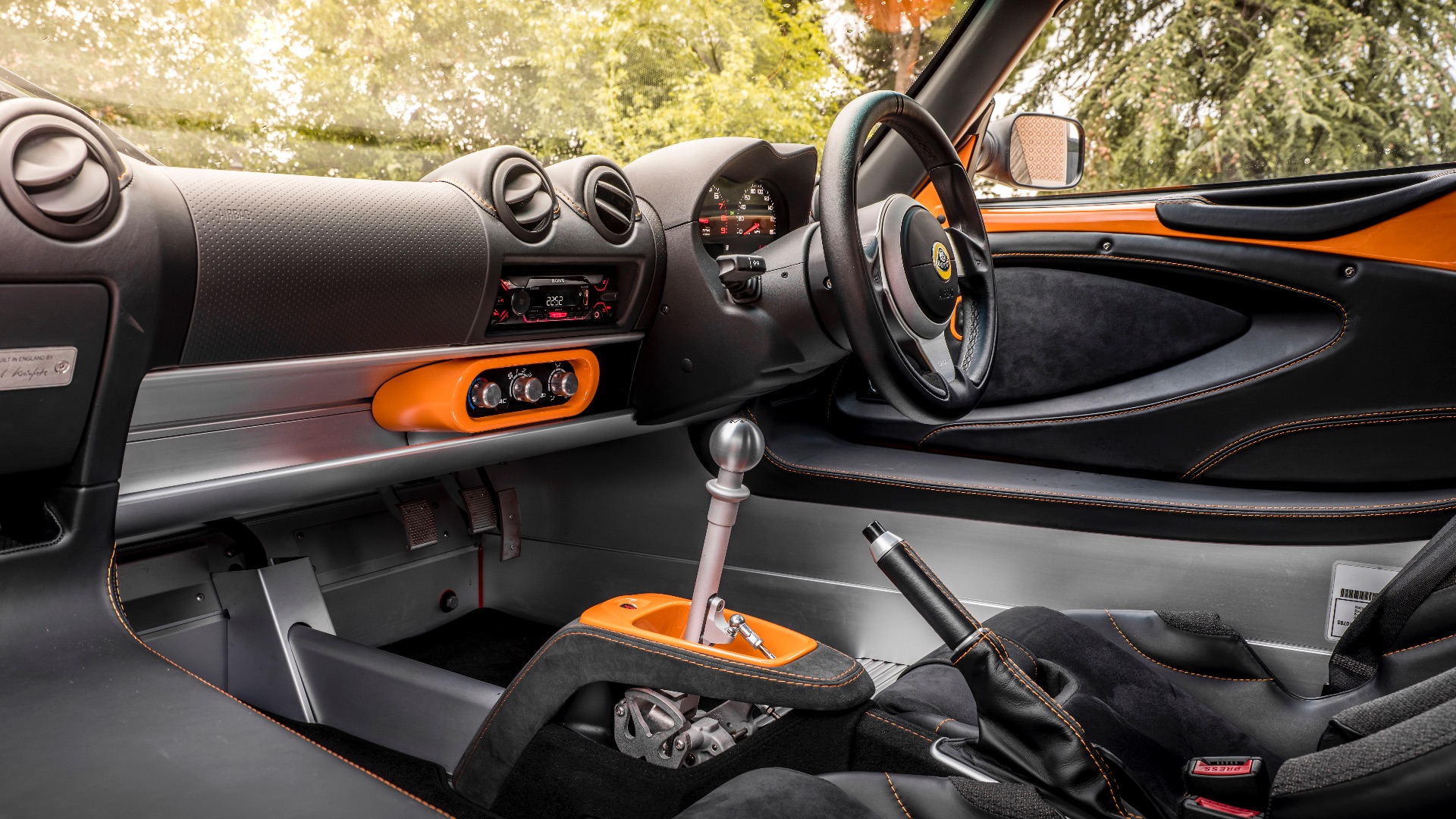
For a not-inconsiderable £49,555, the Cup 250 boasts a 248hp Toyota engine and downforce-boosting bodykit. It also has a removable roof – although, as I swiftly discovered before reinstalling it, soft-tops and sleet aren’t a great mix.
Clamber over the huge sill (no mean feat with the roof in place) and the Lotus has the pared-back feel of a race car. Its carbon fibre seats are sparsely padded, its Momo wheel is tiny and the manual gearbox’s exposed linkage is mechanical art.
You’ll find no touchscreens or infotainment, save for a dated Sony stereo. But you won’t care, because the Elise is utterly life-affirming to drive: its supercharged motor gutsy and pleasingly gruff, its telepathic steering and nuanced chassis just sublime.
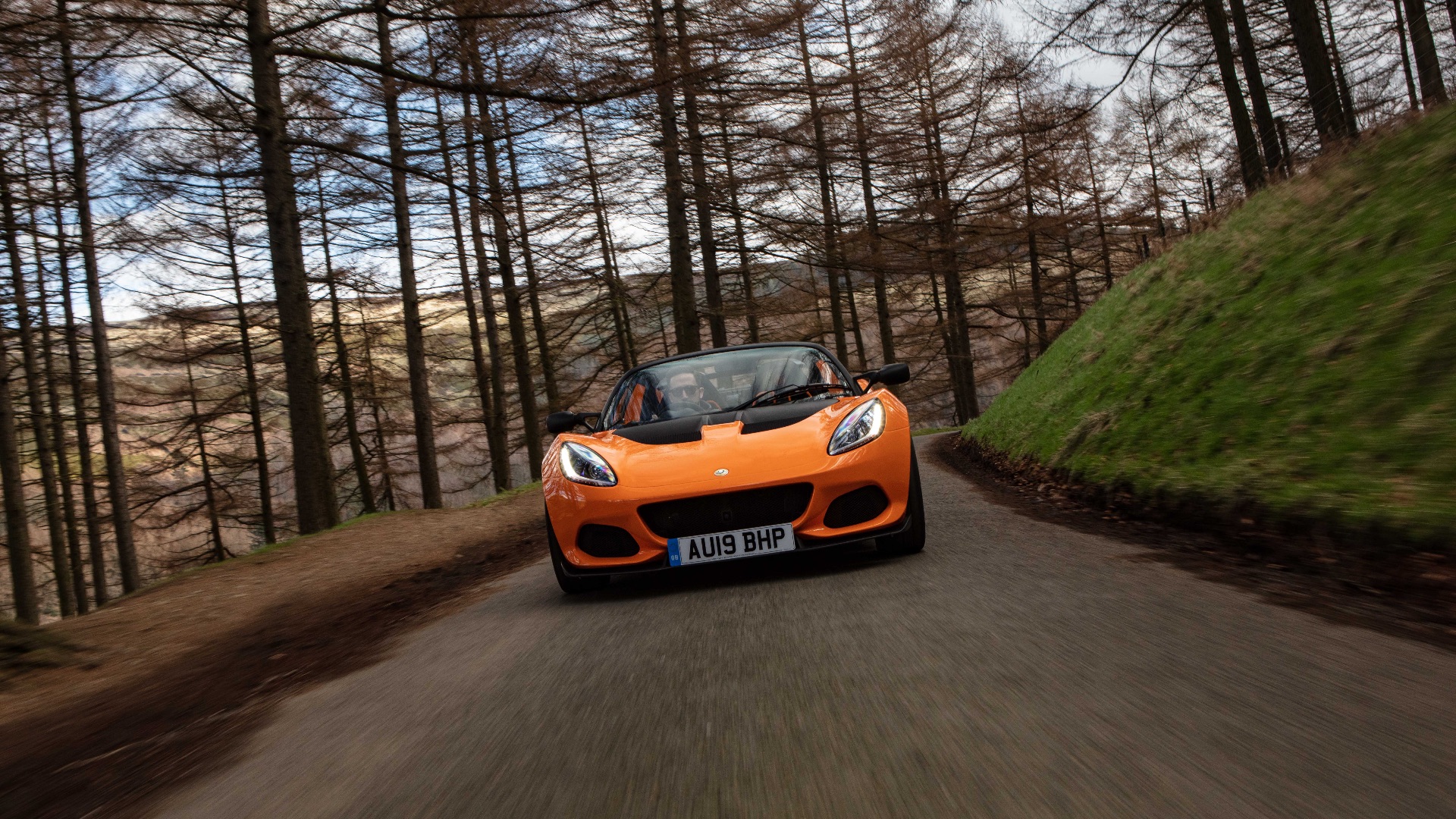
In part, simplicity is key to the Elise’s longevity. Company founder Colin Chapman’s maxim was “simplify, then add lightness” and Popham frequently uses “lightweighting” as a verb. Taking that philosophy forward in a world of tightening legislation and increasingly complicated cars will be a challenge, but I’m optimistic Lotus won’t lose sight of its roots.
“Ultimately, it’s all about the enjoyment of driving, says Popham. Amen to that.
Price: £49,555
0-60mph: 3.9sec
Top speed: 154mph
CO2 G/KM: 177
MPG combined: 36.2
ALSO READ
American Dodge and Ram brands headed back to the UK?
‘Problem area’ for car MOT failures in Scotland
[…] the 110 R mustered 52hp at 4,650rpm. Even with a kerb weight of just 880kg (roughly the same as a Lotus Elise), performance was modest: 0-62mph took 19 […]
[…] was an orange Elise Cup 250: no infotainment, a manual gearbox and a rudimentary roof. Its mid-mounted Toyota engine produced a […]